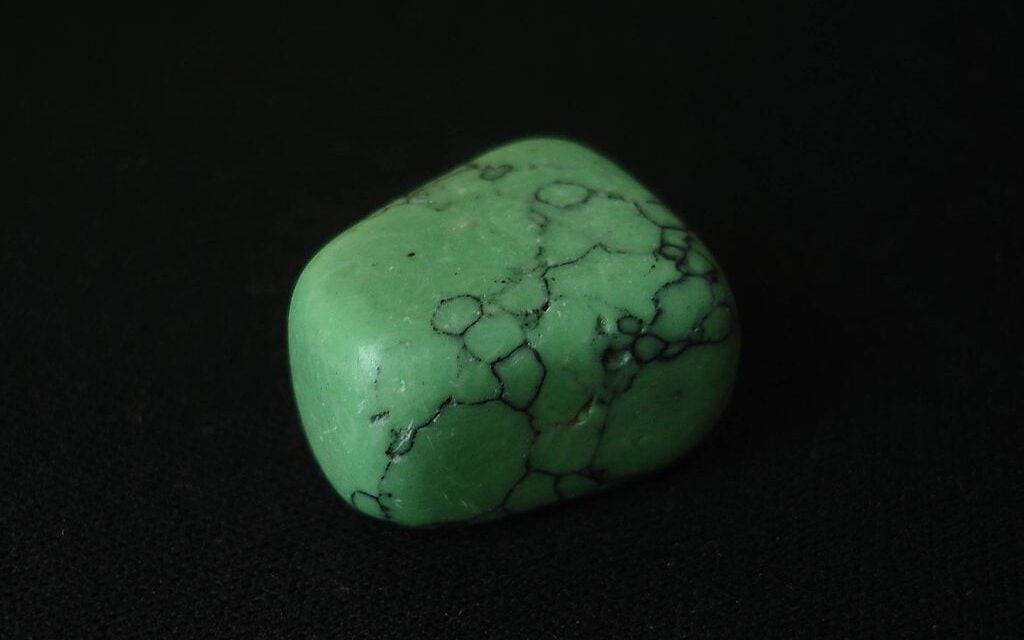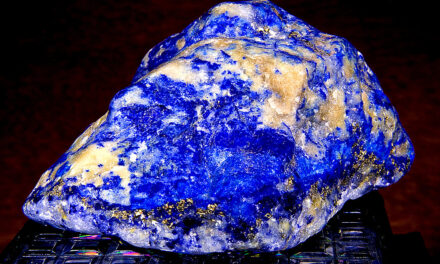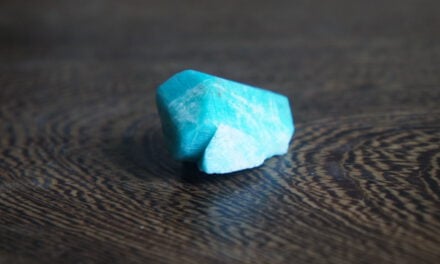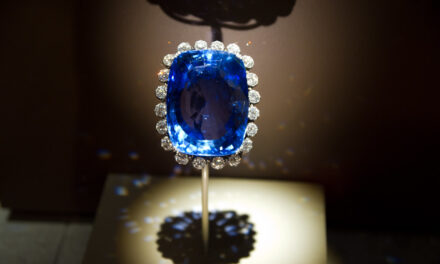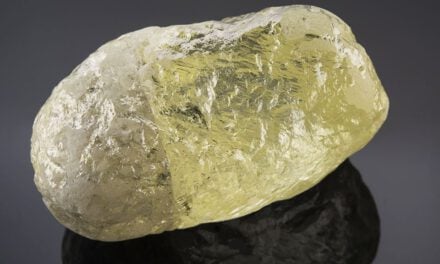Chrysoprase gemstone is a variety of chalcedony. Chalcedony is a cryptocrystalline form of silica, composed of quartz and moganite. Chrysoprase contains small traces of nickel. That is usually the reason why its colour ranges from yellowish-green to deeply saturated green, with deeply saturated being quite rare.
The colour that surrounds this gemstone is sometimes unstable. It can fade due to longterm exposure to sunlight or high temperatures. A box, drawer, or some sort of cabinet places away from heat sources, will provide protection. Some of the colours may come back to life through moist and dark storage.
Where is chrysoprase mined?
Chrysoprase can be found in Poland, Western Australia, Germany, Slovakia, the Czech Republic, Russia, Arizona, California, Brazil, South Africa, India and Kazakhstan. The biggest amount of Chrysoprase was found in Szklary, Poland and the highest quality Chrysoprase is found in Queensland, Australia. That’s why is Australian Chrysoprase called the Australian “jade”.

Lemon chrysoprase
Another material with “Chrysoprase” in it is a Lemon Chrysoprase or Citron Chrysoprase, which is a milky green rock composed of magnesite. Lemon Magnesite would be a better name, but the name “Chrysoprase” has been used for this stone worldwide for a few decades, so it is not that possible for people to start calling it another name.

History
Chrysoprase is the most valuable gemstone in the chalcedony family and was often mistaken for emeralds by ancient jewellers.
The name Chrysoprase comes from the Greek words “chrysos” meaning gold and “prasinon” meaning green. Chrysoprase used to be called “the stone of Venus”, and was used by Greeks, Romand and Egyptians to make seals, jewellery and other ornamental objects.
It is said that Alexander the Great always wore a girdle to a battle, with bright Chrysoprase stone in it. On his journey from India, he laid his girdle next to the Euphrates River. A serpent came and dropped chrysoprase stone into the river. After losing his precious talisman, Alexander the Great didn’t win another venture.
After discovering the tomb of Tutankhamen in early 1920, the Art Nouveau period, which celebrated sensuality and romanticism, came to life. Chrysoprase was used during this era with Egyptian revival jewellery, mimicking the treasures discovered in the Tutankhamen tomb.
Healing properties of chrysoprase
Chrysoprase is a birthstone of May and a symbol of happiness, compassion, fortune, victory and prosperity. Promotes joy, independence and forgiveness.
Chrysoprase encourages non-judgemental behaviour and helps to avoid anger and violence.
It helps to heal a broken heart, emotional problems and low self-esteem. Chrysoprase is also great for boosting creativity and adventurous side of the body and mind. Chrysoprase is great at bringing back all the talents and skills that you might forget over time.
If you would hold Chrysoprase over some wounded area, it will help to heal it and it is said, that it will provide protection over some future wounds in that specific area. Keeping Chrysoprase close to a place where you sleep speeds healing and protects against nightmares. It also heals eye problems, straightens eyesights, helps with hormonal imbalance and any form of illnesses. Chrysoprase healing properties are over all focused on healing any part of body or mind.
Chrysoprase jewellery
Although its high value, Chrysoprase is rarely seen in a jewellery store. However, Chrysoprase jewellery is not that unpopular as you would think. Chrysoprase ring is always a great choice due to its softness and minimalist look. Chrysoprase looks the best with yellow or even white gold, which makes the beautiful green colour pop. Oval shapes are very popular in Chrysoprase rings or Chrysoprase earrings. Chrysoprase necklace looks great in combination with white pearls, other gemstones or on its own.


